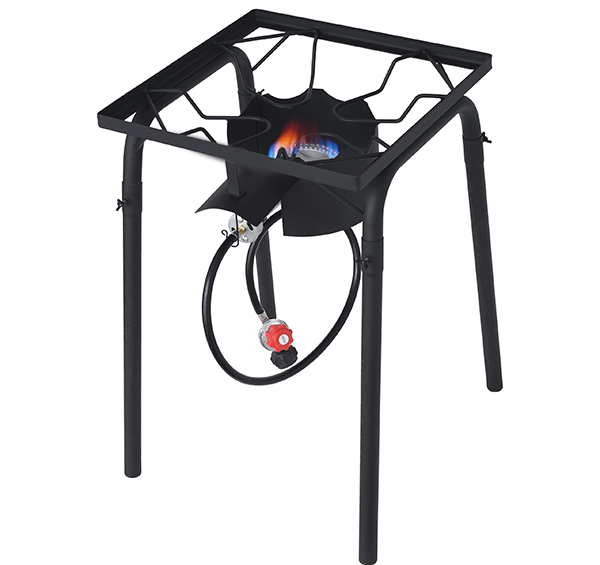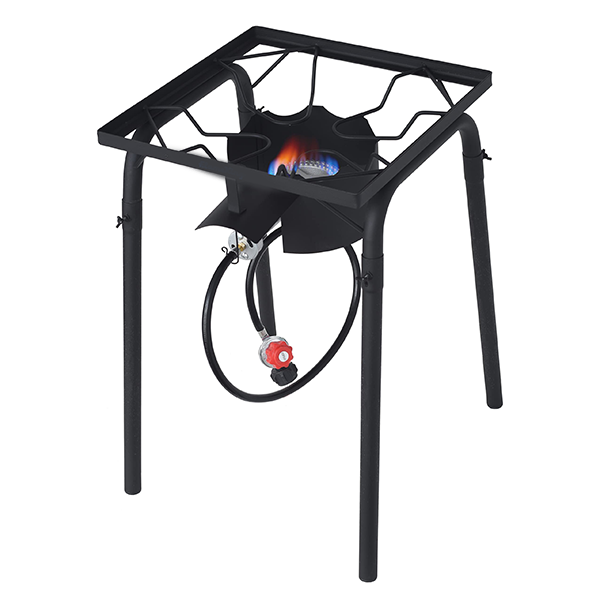When you hit the road in your RV, the last thing you want to worry about is the functionality of your appliances. That is why you should consider getting a propane system installed, as it is a versatile energy source that’s perfect for RV living. Here are top reasons why opting for propane-powered appliances can enhance your RV living experience.
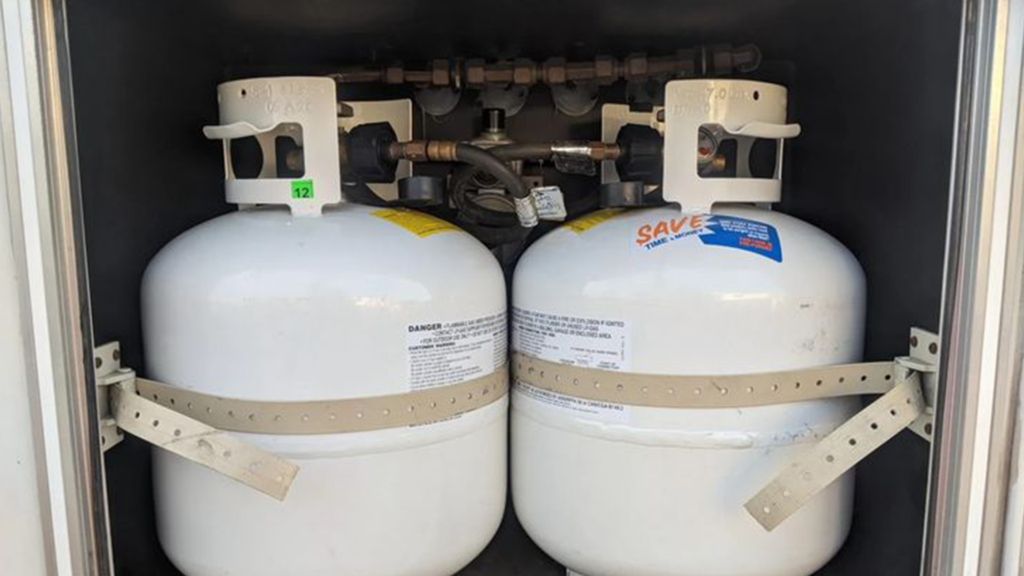
Benefits of Propane-Powered Appliances
- Efficient Energy Source
Propane is an ideal choice for your appliances in an RV because it is known for its efficiency. Whether it’s your stove, refrigerator, or water heater, propane provides quick and consistent performance. The efficiency of propane allows you to enjoy all the comforts of home while you’re on the go. Also, propane releases emissions as it burns cleanly. So, if you’re using propane, you’re having an eco-friendly journey in your RV!
- Lower Costs
While you’re living in an RV, managing your budget is important. Propane system offers a cost-effective solution compared to other energy sources. Propane-powered appliances can help you save money in the long run. This will leave you with more funds to explore new destinations. You could also use the money to upgrade your RV!
- Versatility
One of the standout features of propane is its versatility. This is because propane-powered appliances can be used in all types of situations. If you’re camping off the grid or parked at a site, you can easily use propane appliances anywhere! This flexibility makes sure that you’re never limited by energy constraints, giving you the freedom to travel wherever your heart desires.
- Reliable Performance
Imagine waking up to a cold morning in the mountains, and you’re craving a hot meal to warm your soul. With propane-powered appliances, reliability is never a problem. Propane system delivers consistent performance, even in extreme weather conditions. This keeps your RV comfortable and welcoming, no matter where your travels take you.
- Easy Refueling
Refueling your propane tank is quick and easy with reliable delivery services. Simply search for “propane delivery near me” or “propane refill stations” on your phone to find convenient locations for refilling your tank. Whether you need a 500-gallon propane tank for long road adventures or a 100-lb propane tank for shorter trips, you’ll find the right size to suit your needs.
- Low Maintenance
Compared to other energy sources, propane systems offer more reliability. They reduce the need for frequent repairs or maintenance. This helps you spend more time enjoying your RV adventures.
Safety Precautions for Propane Usage
It’s essential to prioritize safety when using propane-powered appliances in your RV. Here are some key safety precautions to keep in mind:
- Proper Ventilation: Maintain adequate ventilation when you’re using propane appliances inside your RV. Open your windows to prevent the buildup of propane fumes. This reduces the risk of carbon monoxide poisoning.
- Secure Storage: Store propane tanks securely in specific areas, away from heat sources. Use proper storage containers and follow the guidelines provided by your propane supplier for handling propane tanks safely.
- Emergency Preparations: Be prepared for emergencies by having a fire extinguisher, a propane gas detector, and an emergency shut-off valve for your propane system. Familiarize yourself with safety procedures and know how to act quickly in case of accidents.
- Professional Installation and Maintenance: Always rely on certified professionals for the installation and maintenance of your propane system and appliances. Proper installation allows for optimal performance of your propane system.
Conclusion
By following essential safety precautions, you can enjoy the convenience and comfort of propane while exploring the open road. So, use propane for your adventures and experience RV living at its best!

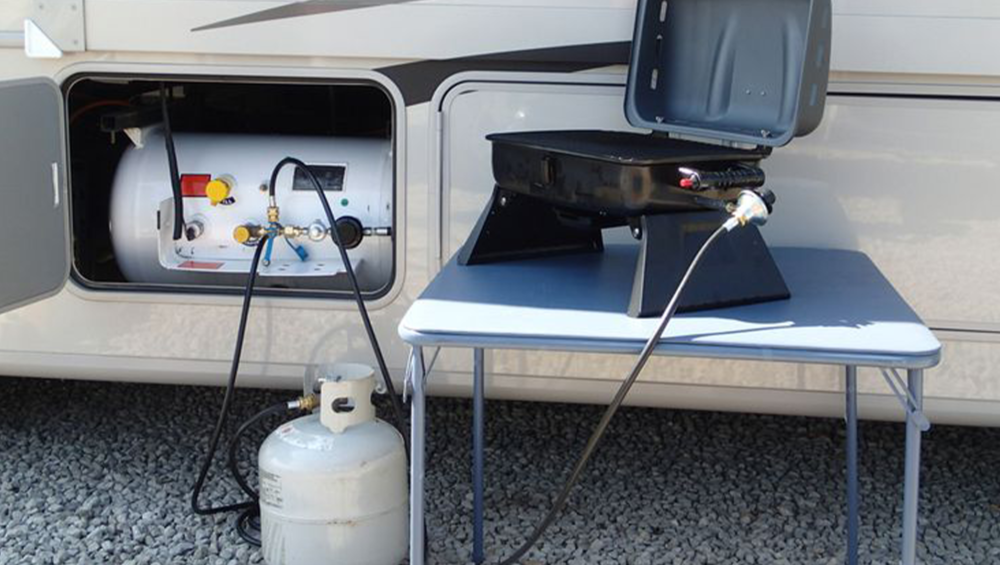
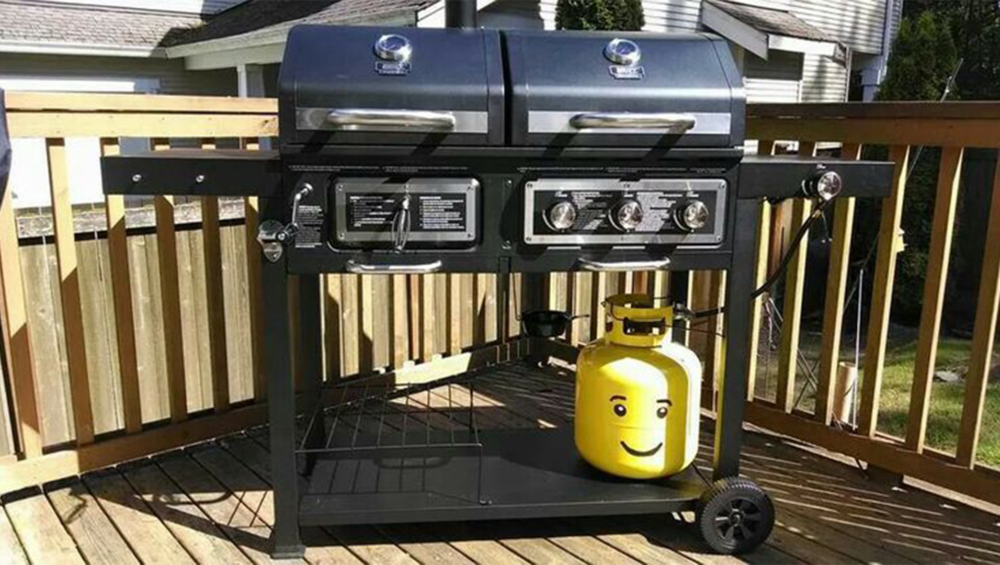
 Propane Gas as the Outdoor Adventurer’s Best Companion
Propane Gas as the Outdoor Adventurer’s Best Companion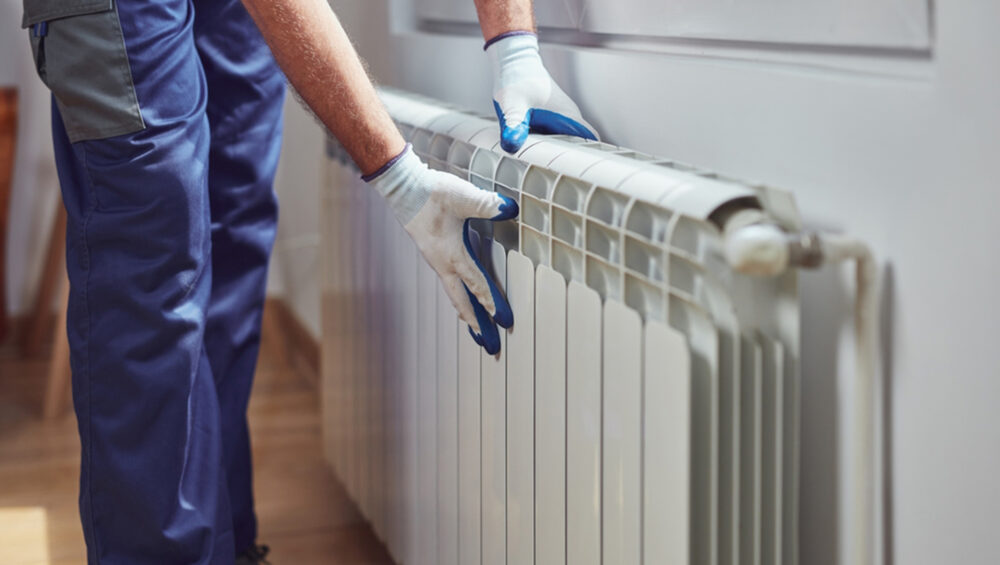
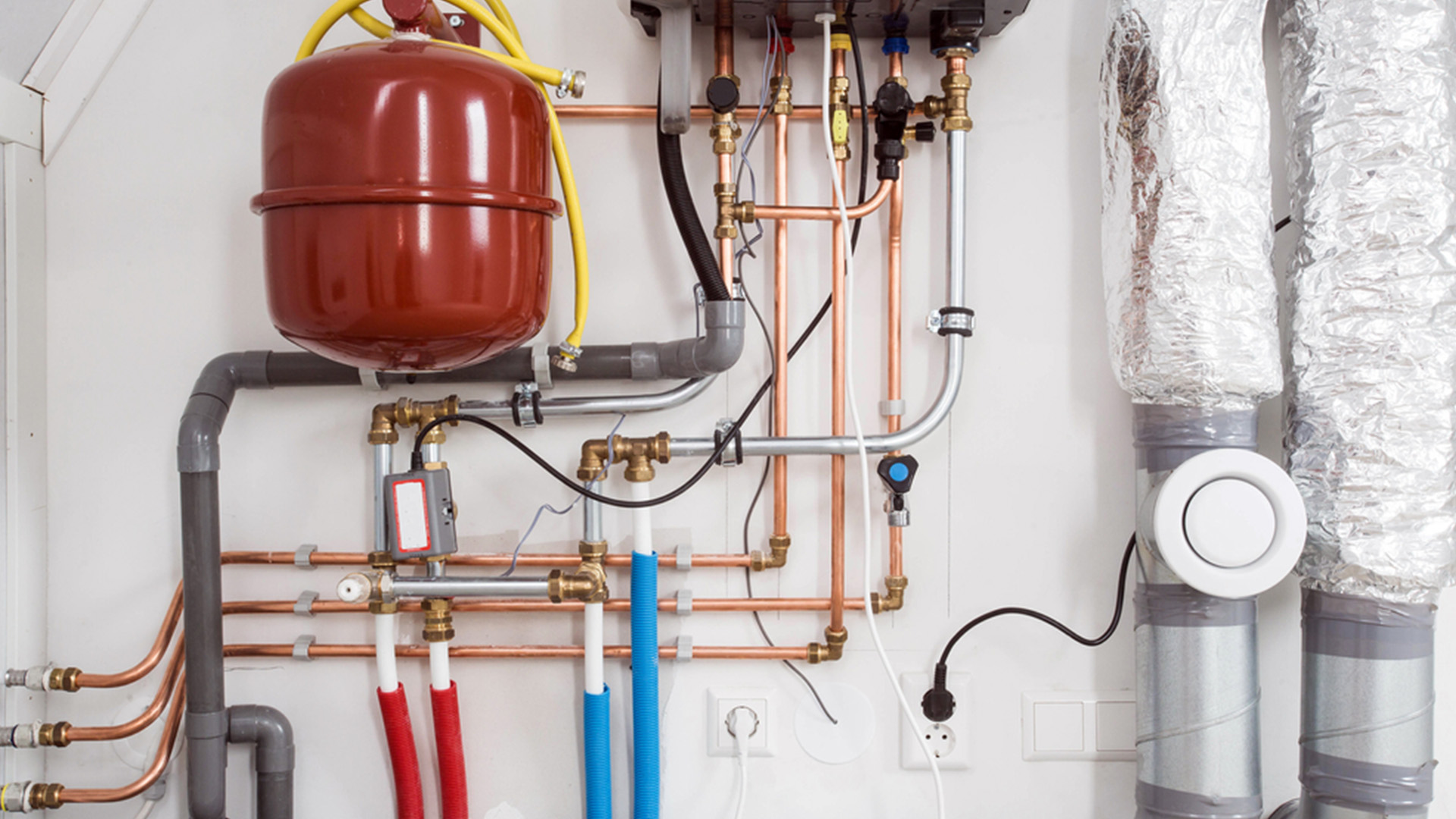 Propane as a Versatile Heating Solution
Propane as a Versatile Heating Solution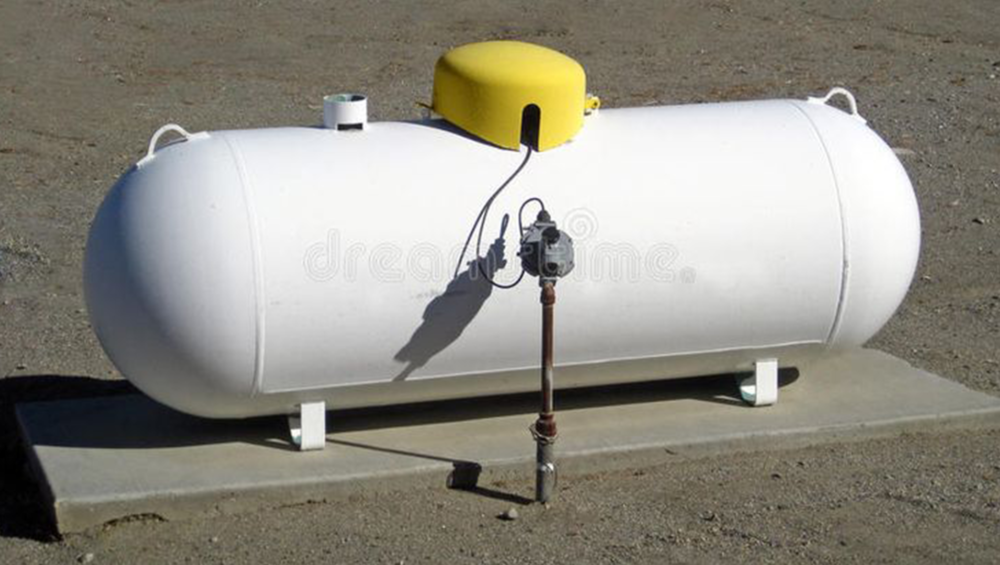

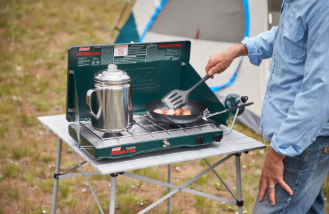

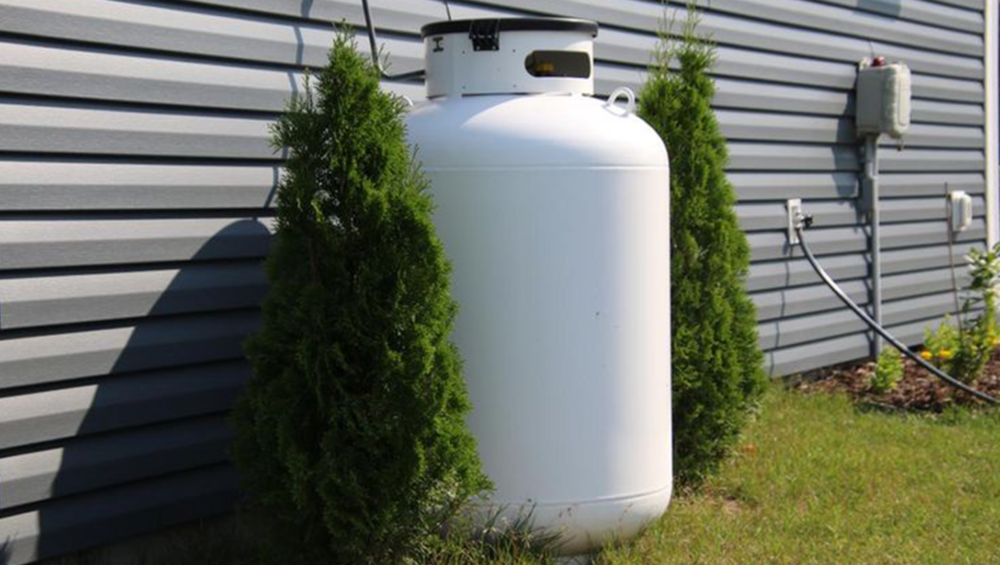

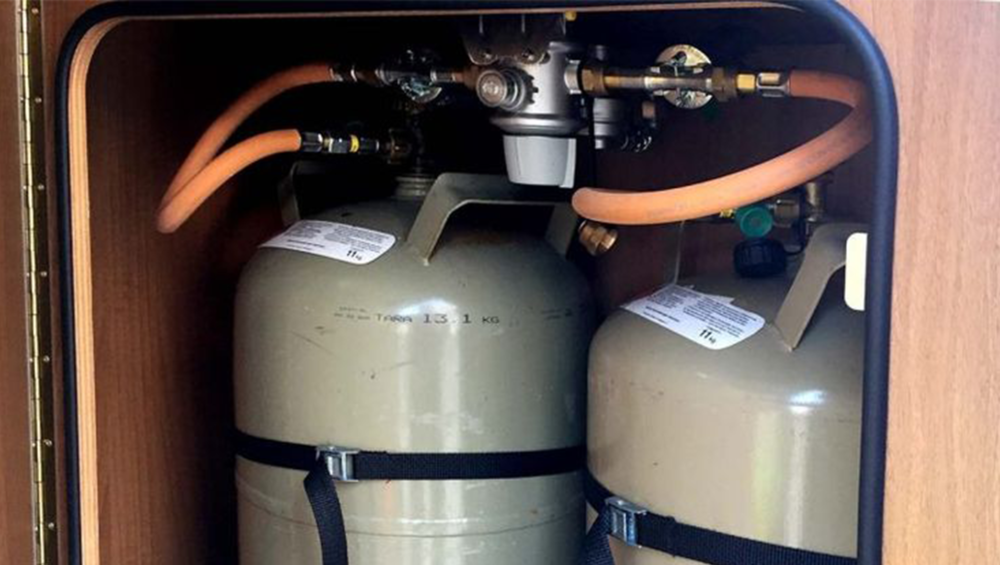
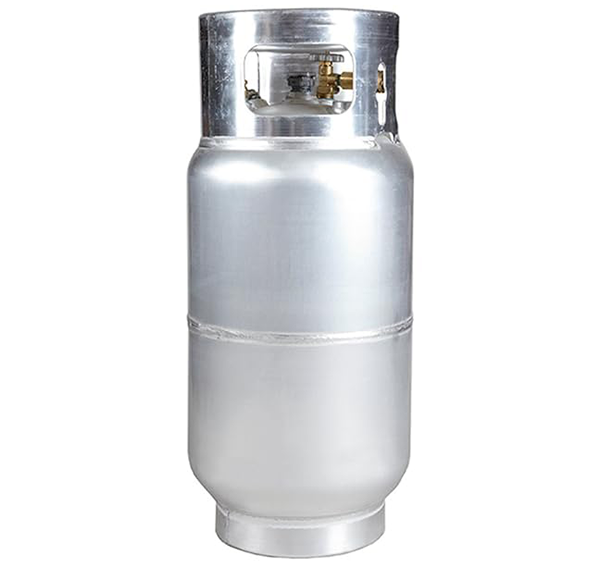
 Ensuring Safety Compliance
Ensuring Safety Compliance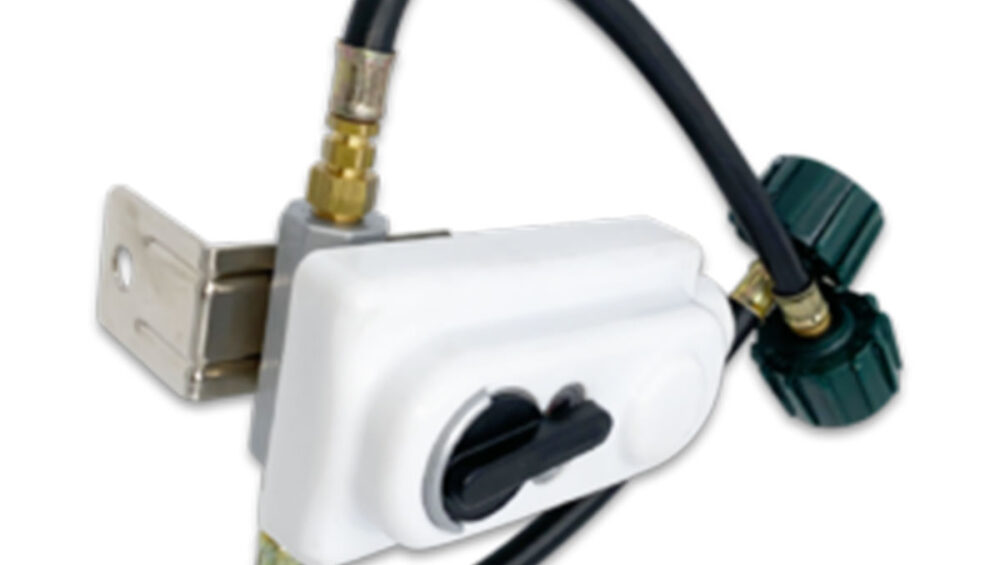
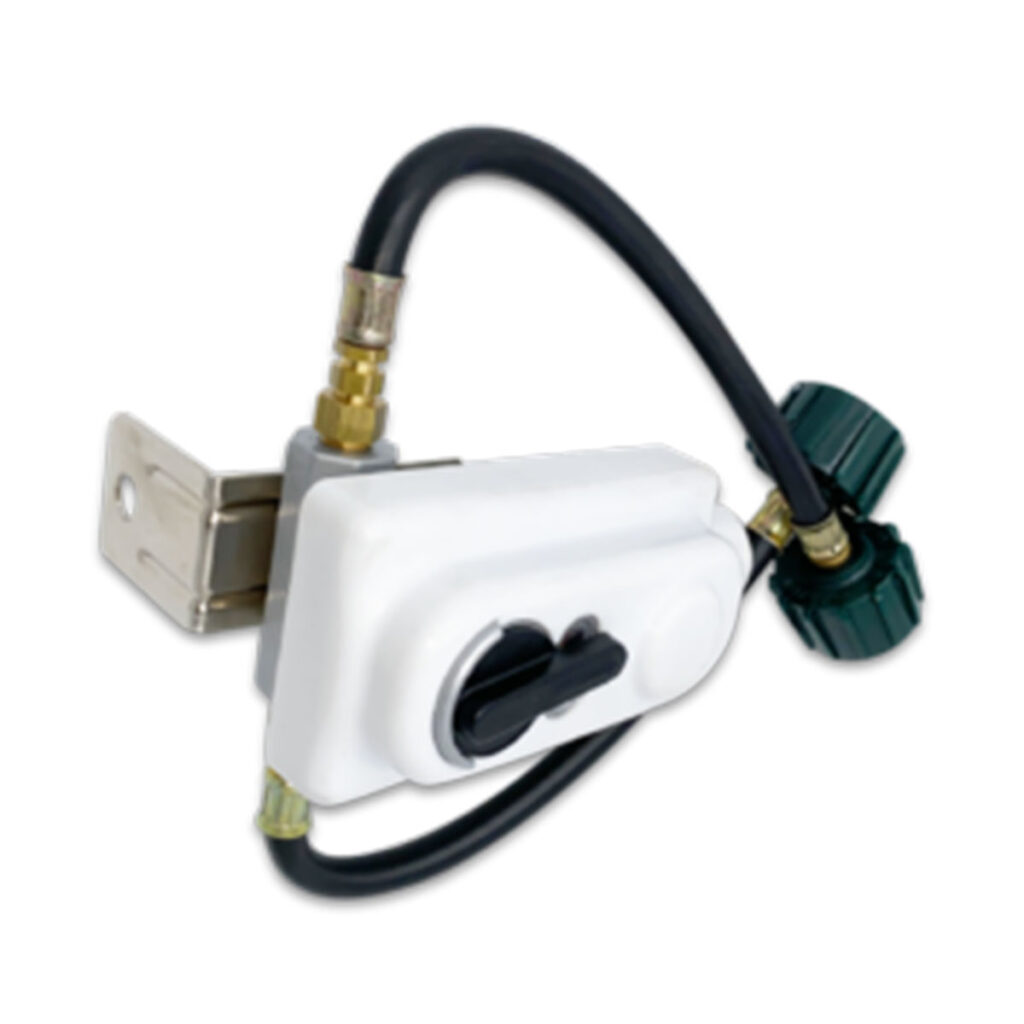 Components of a Propane Regulator
Components of a Propane Regulator